Search Results for 'Constable'
29 results found.
Wild nights of burning and murder
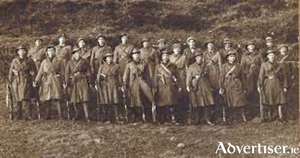
Clifden was not the only town to experience the terror of British forces running wild, shooting, and setting fire to buildings. The previous year, July 19 1920, Tuam suffered a similar experience as Clifden, only mercifully no resident was killed on that occasion.
A night of terror
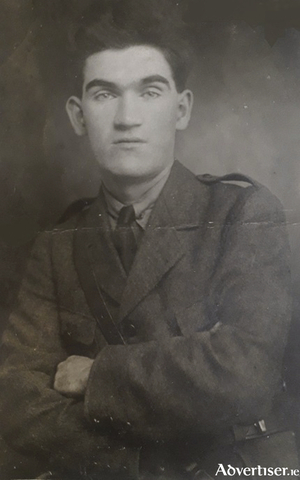
In November 1920, Jimmy Folan, aged 20, of O’Donoghue Terrace, Woodquay, was sentenced by court martial to six months imprisonment with hard labour for acting as a republican policeman and possessing seditious documents – one of which blamed the local RIC for the killings of Seamus Quirk and Seán Mulvoy. Having served his time, he was released on May 10, 1921. That evening, a benevolent RIC sergeant warned a local volunteer to tell Jimmy ‘not to be at home tonight’.
The attack on Clifden, ‘something of this sort…’
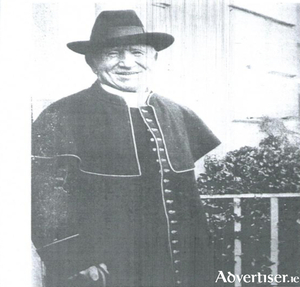
Under the heading ‘Panic in the town last night’ The Connacht Tribune told the story of the attack on Clifden on March 19 1921: ‘Following the shooting of RIC Constable Reynolds, and the wounding of Constable Sweeney (who was to die from his wounds some hours later), at Clifden last night, panic reigned in the town and nine of the principal houses were burned.
Murder and mayhem in Clifden
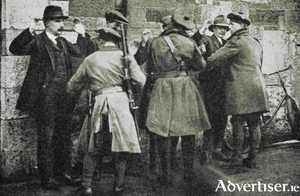
Just before 6am on St Patrick's Day 1921, Monsignor McAlpine, the Catholic parish priest of Clifden, Co Galway, was woken by loud banging on his door. “For God's sake, Canon, come down - the town is ablaze.”
The RIC in Galway
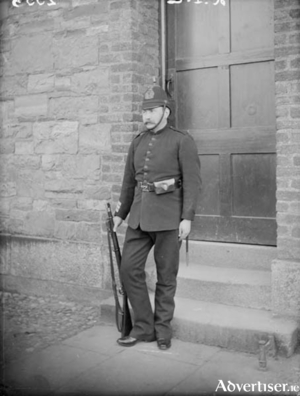
In the 18th century, attempts at maintaining law and order in Galway were poor. Occasional groups of civilian vigilantes were set up, but they were not very successful. Then, 200 years ago, in 1822, the Chief Secretary Henry Goulburn set up the Irish Constabulary. In 1824, Edward Blake from Mary Street became the first Catholic in Ireland to become a constable. In 1825, a decision was made to bring police to Galway. Some time later a barracks was set up in Abbeygate Street, then one in Eyre Square (where Giblin’s Hotel was situated later), and one in Dominick Street where An Tobar Nua is today. The force gradually became very organized, was successful in dealing with crime, and so Queen Victoria granted it the term ‘Royal’.
Gale days and stormy nights in county Mayo
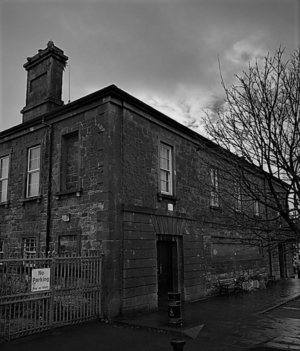
Storm Arwen passed through this week, and in Murrisk at least, it kicked up less of a fuss than many of the breezy evenings we have experienced since late September.
100 years since Oranmore’s Joe Howley was shot
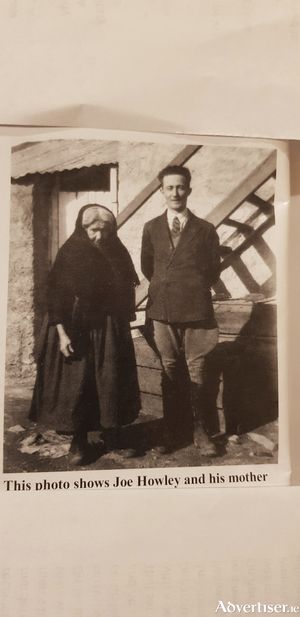
In the centre of Oranmore, stands a statue to a local man who was shot in Dublin one hundred years ago this week. Joe Howley, Officer Commanding Number One Brigade IRA Galway was killed leaving what is now Heuston Station, Dublin on December 4 1920, and was pronounced dead at 12.30 a.m. December 5 in George V Hospital Dublin.
Joe Howley, patriot
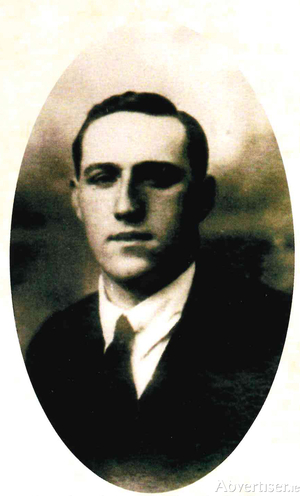
Michael Joseph Howley was born in Oranmore in 1895. His father died when Joe was just two years old. His mother was a sister of Peter Rabbitt, the proprietor of Rabbitt’s provision shop, licensed premises, and lodgings in Forster Street. She later married William Keane, the owner of Keane’s Bar in Oranmore. Joe, as he was popularly known, attended the local primary school and later went to the Bish in Galway. He obviously worked at farming as his mother once wrote, “He made a good lot with trading with cattle and sheep”.
Some nasty close shaves in Galway
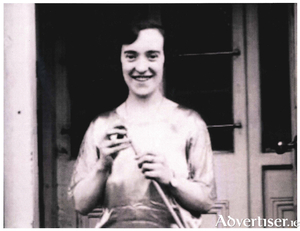
Baker’s Hotel and Billiard Rooms on Eyre Street was run by Captain Baker who had served with the British army during the war. It was much frequented by the Black and Tans, some of whom (including Edward Crumm) stayed there. Baker’s daughter Eileen, who had recently saved a little boy named Hennessy from drowning in the canal, gave evidence at the military enquiry into the death of Constable Crumm. The local volunteers suspected her of being too friendly with the Tans, and because of that she had a startling experience on the morning of September 18, 1920.
100 years since Galway’s 'Night Of Terror'
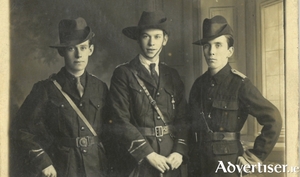
THIS WEEK marks the centenary of one of the darkest episodes in the history of Galway as violence erupted on its streets resulting in a “night of terror” that left three young men dead.

